In recent years, avocados have taken the world by storm. From trendy avocado toasts to nutrient-packed smoothies, this green superfruit has become a staple in households across the globe. But while demand for avocados continues to soar, few people stop to ask: Where does the world get most of its avocados?
This 1200-word article explores the origins of global avocado production, identifying the leading producer countries, supply chains, export markets, and the economic and environmental factors that shape the avocado industry. Whether you’re a nutrition enthusiast or an agricultural researcher, this guide offers a deep dive into how avocados make it from farms to forks around the world.
A Brief Introduction to Avocados
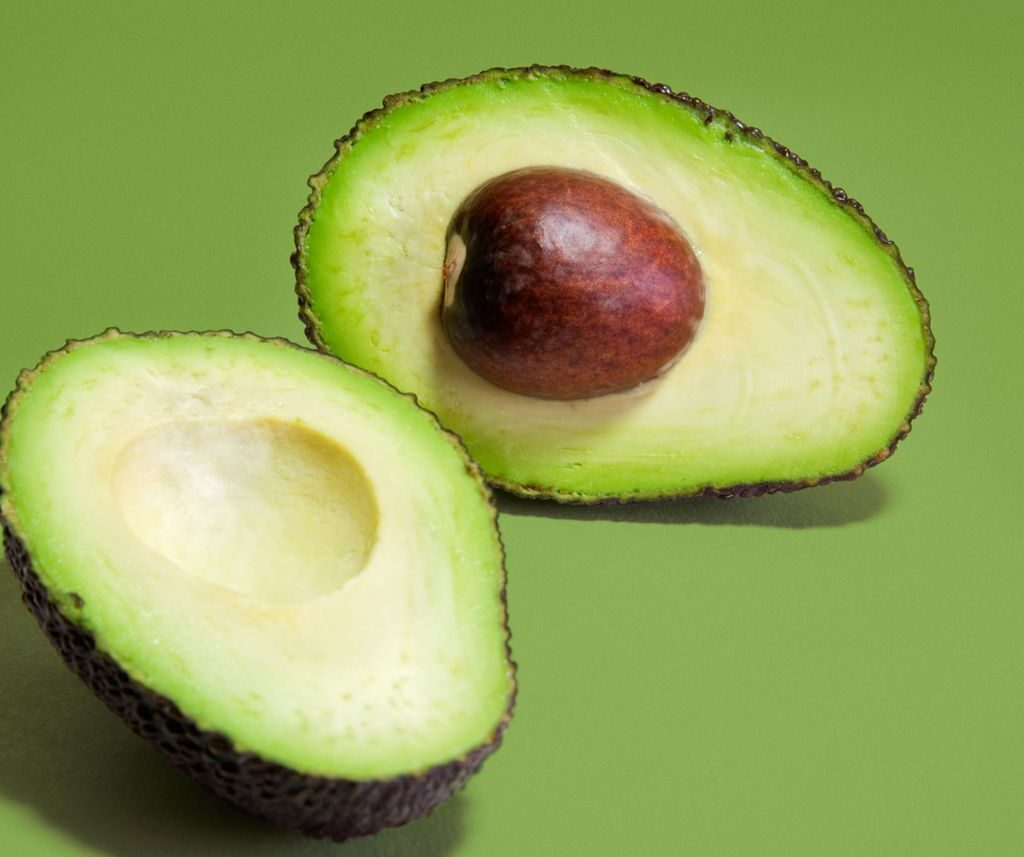
The avocado (Persea americana) is native to Central and South America, with evidence of cultivation dating back over 7,000 years. Belonging to the laurel family, the fruit is unique due to its creamy texture and high content of healthy fats, especially monounsaturated fatty acids, making it a nutritional powerhouse.
Today, avocados are cultivated globally, but the majority of the world’s supply is sourced from a few key countries, with one nation leading the pack by a large margin.
The Top Avocado-Producing Country: Mexico
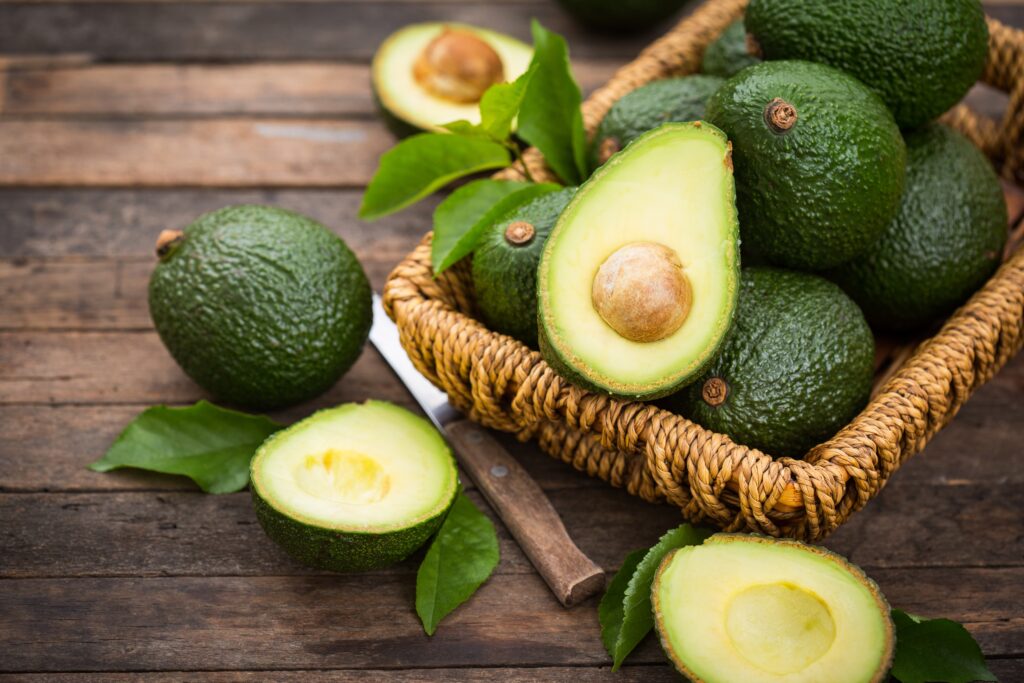
When it comes to avocado production, Mexico is in a league of its own.
Key Stats:
- Mexico produces over 2.5 million metric tons of avocados annually.
- This accounts for about 30–35% of global production.
- The majority of avocados are grown in Michoacán, the only Mexican state with year-round production authorization for export to the United States.
Why Mexico Dominates:
- Ideal Climate: The volcanic soil and temperate climate of regions like Michoacán and Jalisco provide optimal growing conditions.
- Year-Round Harvest: Unlike other countries with seasonal harvests, Mexico can produce avocados all year long.
- Established Infrastructure: Mexico has a well-developed export system, supply chain, and processing facilities.
- Strong Trade Relationships: Mexico is the leading supplier of avocados to the United States, Canada, Japan, and parts of Europe.
Export Reach:
- Over 80% of Mexico’s avocado exports go to the U.S.
- Other significant markets include Japan, France, Spain, the Netherlands, and China
Other Major Avocado-Producing Countries
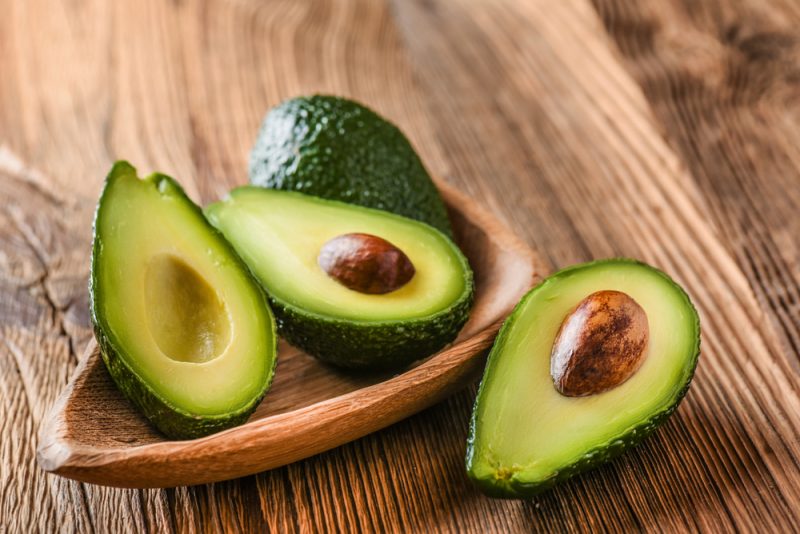
While Mexico is the clear leader, several other countries play key roles in the global avocado market.
1. Colombia
- Annual Production: Over 980,000 metric tons
- Fastest-growing exporter in South America
- Focuses on the Hass variety, which has global demand
- Exports mainly to Europe, the U.S., and the Middle East
2. Peru
- Annual Production: Over 750,000 metric tons
- A major seasonal supplier to Europe during May–September
- Known for sustainable and large-scale plantations
- Main export markets: Netherlands, Spain, and the UK
3. Indonesia
- Annual Production: Over 660,000 metric tons
- Primarily focused on domestic consumption
- Growing potential as an exporter in Asia
4. Dominican Republic
- Annual Production: Over 600,000 metric tons
- Dominates in the production of green-skin avocado varieties
- Main exports to the U.S. and Europe
5. Kenya
- Annual Production: Over 400,000 metric tons
- Africa’s largest avocado exporter
- Growing reputation in European and Middle Eastern markets
- Advantages include low labor costs and expanding organic farms
6. Chile
- Annual Production: About 200,000–250,000 metric tons
- Seasonal supplier, particularly to China and the U.S.
- Faces criticism for water use in avocado production
Who Are the Largest Avocado Importers?
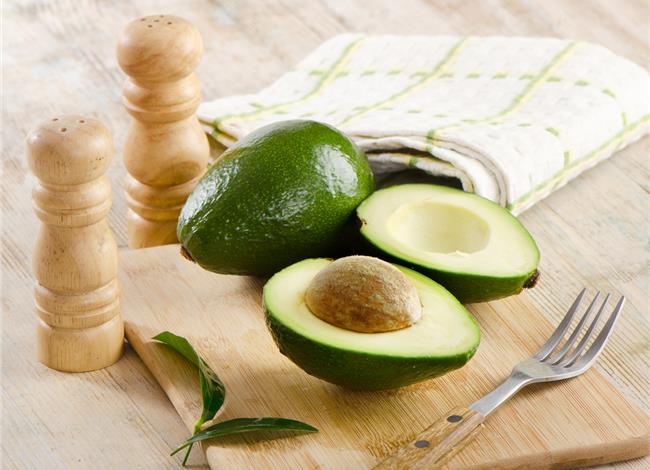
Avocados are mainly consumed in countries that don’t produce them in large quantities, especially due to climate constraints.
Top Importing Countries:
| Country | Annual Imports (Metric Tons) | Main Source |
|---|---|---|
| United States | ~1.2 million | Mexico |
| Netherlands | ~450,000 | Peru, Chile, Kenya |
| France | ~250,000 | Spain, Peru, Mexico |
| Japan | ~80,000 | Mexico, Peru |
| China | ~60,000 | Chile, Mexico |
| Canada | ~100,000 | Mexico, Peru |
These countries serve as both end consumers and re-export hubs, particularly the Netherlands, which functions as a gateway to European markets.
The Journey of an Avocado: From Farm to Fork
- Cultivation and Harvesting:
- Takes 3–4 years for a tree to start fruiting
- Fruits are harvested by hand to avoid bruising
- Sorting and Packaging:
- Avocados are graded for size, ripeness, and quality
- Carefully packed into crates to minimize damage
- Cold Chain Logistics:
- Transported in refrigerated containers
- Maintains ripeness and prevents spoilage
- Customs and Distribution:
- Cleared for entry, checked for quality
- Distributed to supermarkets, wholesalers, or food processors
The Global Avocado Boom
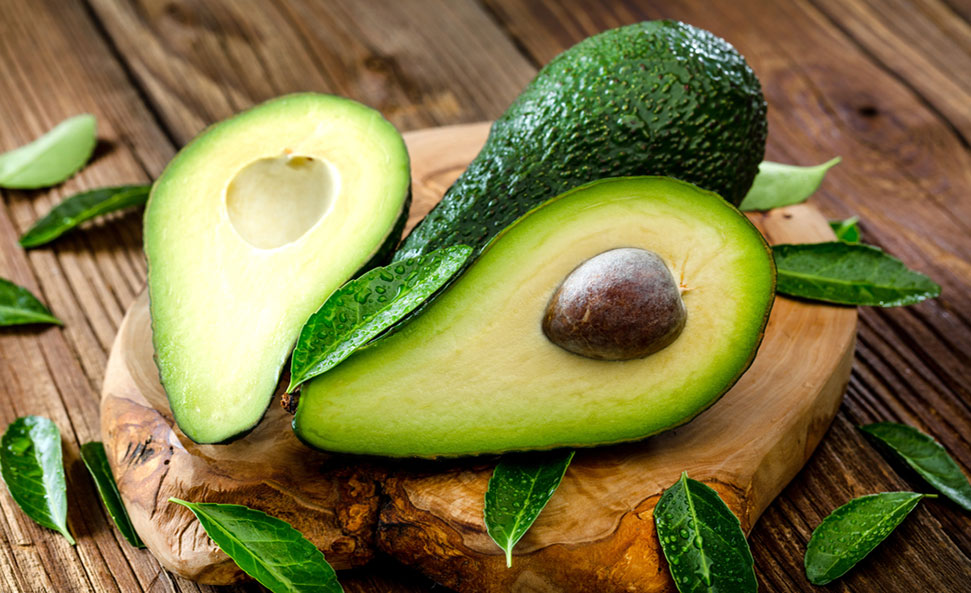
Global demand for avocados has more than tripled in the last two decades, driven by:
- Health awareness: Rich in healthy fats, potassium, and fiber
- Vegan and keto diet trends
- Social media influence on food and lifestyle
- Increased middle-class income in Asia and Europe
The global avocado market was valued at $15 billion in 2023, and it is projected to grow to $25 billion by 2030.
Environmental and Social Concerns
While avocados are a booming crop, there are significant concerns associated with large-scale production:
1. Deforestation in Mexico:
- Forest land is often cleared illegally for avocado farms, particularly in Michoacán.
- This contributes to loss of biodiversity and disrupts local ecosystems.
2. Water Usage:
- Avocados require 1,000–2,000 liters of water per kilogram of fruit.
- In drought-prone areas like Chile and South Africa, avocado farming raises water scarcity concerns.
3. Labor Rights:
- In some producing countries, laborers face low wages and poor working conditions.
- Ethical certifications like Fair Trade are becoming more common to address this.
4. Cartel Influence:
- In Michoacán, criminal groups have at times extorted avocado growers, leading to safety concerns and export disruptions.
Sustainable Avocado Production: The Way Forward
To meet growing demand while protecting the planet, producers and buyers are embracing:
- Organic and regenerative farming
- Rainforest Alliance and Fair Trade certifications
- Water-efficient irrigation systems
- Supply chain transparency
Consumers can support sustainability by choosing ethically sourced and certified avocados, or by opting for locally grown alternatives when available.
Conclusion: So, Where Does the World Get Most of Its Avocados?
The answer is clear: Mexico is the world’s top source of avocados, producing more than any other country and dominating international exports—especially to the U.S., Japan, and Europe. However, countries like Colombia, Peru, Kenya, and Chile are rapidly emerging as major players in the global avocado supply chain.
As global demand continues to grow, balancing supply, sustainability, and ethics will be the key to the future of the avocado industry. By understanding where our food comes from and how it gets to us, we can make more informed and responsible choices.
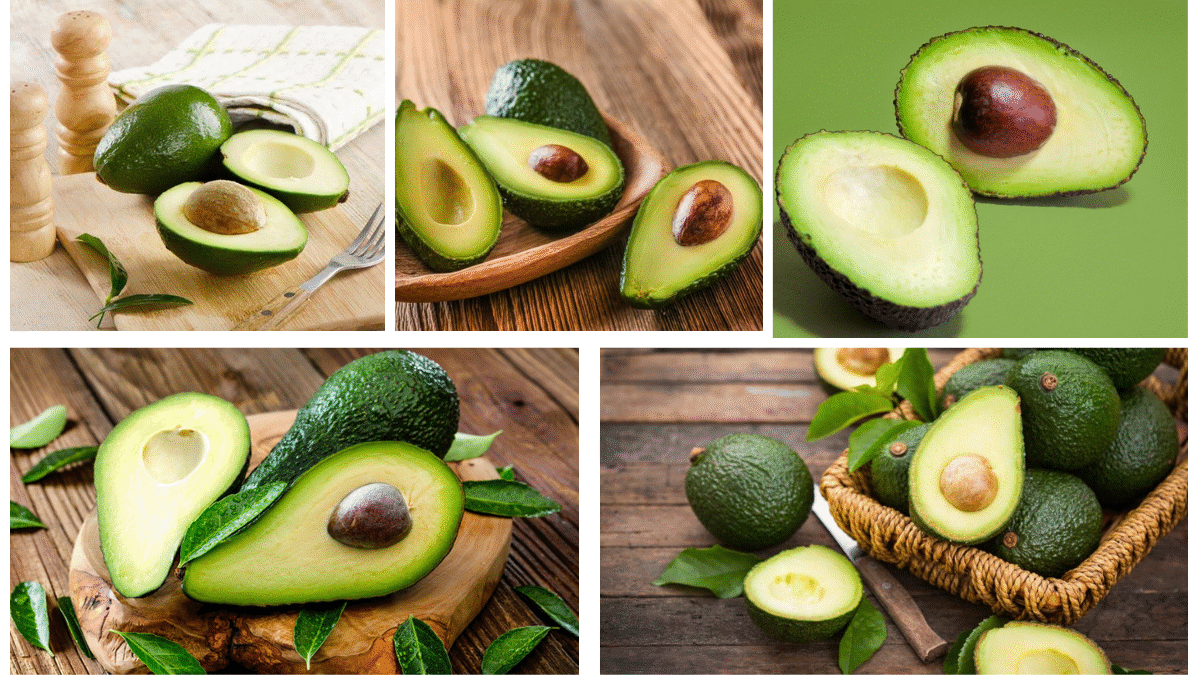
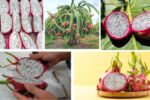


Leave A Comment